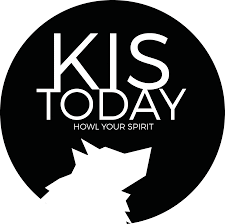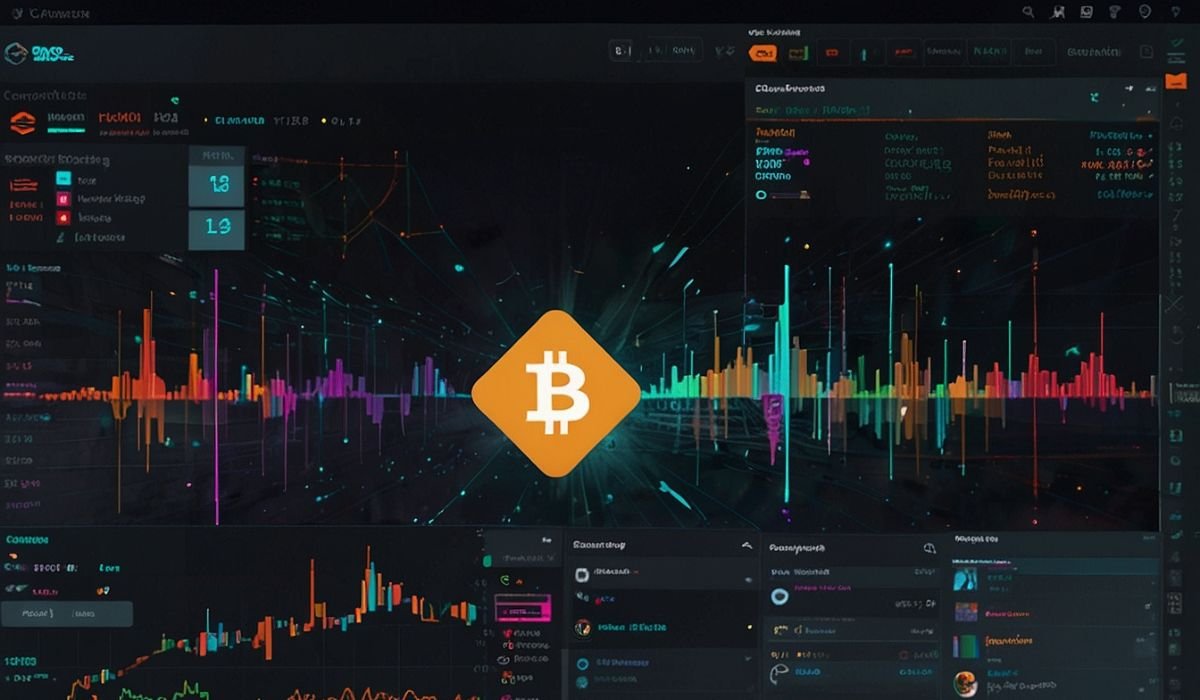Assume hitting “record” on your phone and, within hours, your voice is reaching listeners on Spotify, Apple Podcasts, and Amazon Music—without you needing to understand a single thing about RSS feeds, audio engineering, or hosting fees. This isn’t a far-off dream; it’s the reality that Anchor 2.0 has built.
But what exactly is Anchor 2.0? It’s more than just an update to a popular app. It’s a fundamental shift in the podcasting landscape, transforming a technically complex hobby into an accessible, powerful platform for creators. If you’ve ever thought about starting a podcast or feel your current show is stuck in a rut, understanding this new era is crucial. Let’s discover it.
From Humble Beginnings to a Spotify Powerhouse: The Anchor Story
First, a quick history lesson. Anchor started in 2015 with a simple, revolutionary goal: to democratize audio creation. Its early versions made recording and publishing incredibly easy. However, the real game-changer came in 2019 when Spotify acquired the company.
This acquisition marked the beginning of the Anchor 2.0 evolution. Instead of just being a simple publishing tool, Anchor was rebuilt from the ground up to be the central nervous system of the podcast ecosystem within Spotify. Think of it as upgrading from a reliable old car to a fully self-driving electric vehicle. The basic function—getting from A to B—is the same, but the capabilities, integration, and overall experience are light-years apart.
Why Anchor 2.0 Matters More Than Ever Today
Podcasting is no longer a niche community. It’s a mainstream media channel with millions of shows competing for attention. To stand out, you need more than just a great idea; you need the right tools.
Anchor 2.0 provides an all-in-one solution that addresses the three biggest hurdles for creators:
- Monetization: How do I actually make money?
- Distribution: How do I get my show everywhere?
- Creation: How do I make it sound professional without a studio budget?
Let’s break down exactly how it tackles each of these.
The Monetization Game-Changer: Turning Passion into Paychecks
This is arguably the heart of Anchor 2.0. In the past, making money from a podcast required a large audience, sponsorship deals, and complex negotiations. Anchor flipped the script by integrating seamless monetization directly into the platform.
Here’s how it works:
- Subscription & Bonus Content: Listeners can support you directly through monthly payments on Spotify. In return, you can offer them subscriber-only bonus episodes, making them feel like valued VIPs.
- Automated Advertising: Once your show reaches a certain listenership, you can opt into the Spotify Audience Network. This program automatically places relevant ads into your episodes, and you get paid based on the number of listens. No need to find advertisers yourself!
Real-World Example: Take the indie podcast Noble Blood, hosted by Dana Schwartz. By leveraging Anchor’s (and by extension, Spotify’s) tools, the show was able to build a dedicated audience and integrate sponsorships smoothly, helping it become a hit without the backing of a major network.
Distribution on Autopilot: Your Show, Everywhere
Remember the confusing world of RSS feeds? Anchor 2.0 makes it a relic of the past. When you publish an episode on Anchor, it automatically distributes your show to all major platforms, including:
- Spotify
- Apple Podcasts
- Google Podcasts
- Pocket Casts
- And many more.
This one-click distribution is a massive time-saver. It ensures your potential audience can listen on their preferred app, maximizing your reach without any extra effort from you.
Creation Tools That Sound Pro (Even in Your Closet)
You don’t need a fancy microphone to sound good anymore. Well, it helps, but Anchor 2.0’s built-in audio toolkit gives you a huge advantage.
- Background Music & Sound Effects: The app offers a vast library of royalty-free music and sound effects. Want to add dramatic tension or a cheerful intro song? It’s all right there, searchable and ready to drag and drop into your episode.
- Easier Remote Recording: Interviewing a guest across the country? Anchor’s recording features allow you to capture high-quality audio from both sides of the call, which is a huge step up from a scratchy Zoom recording.
- Transcription Services: Anchor can automatically generate transcripts for your episodes. This is not only great for accessibility but also a fantastic SEO boost, as search engines can now crawl the text of your show.
Anchor 2.0 vs. The “Old School” Method
Let’s compare the traditional podcasting workflow with the new Anchor 2.0 approach.
| Feature | Traditional Method | Anchor 2.0 Method |
| Hosting | Pay for a separate hosting service (e.g., Libsyn, Buzzsprout). | Free, integrated hosting with your account. |
| Distribution | Manually submit your RSS feed to each directory. | One-click, automatic distribution to all major platforms. |
| Monetization | Self-negotiate sponsorships or use a third-party network. | Integrated tools for subscriptions and automated ad placement. |
| Editing | Use complex software like Audacity or Adobe Audition. | All-in-app editing with music, transitions, and recording tools. |
As you can see, the new model consolidates a half-dozen different tasks and expenses into a single, streamlined dashboard.
Read also: Geekzilla Podcast: Your Ultimate Audio Sanctuary for All Things Geek Culture
3 Actionable Tips to Master Anchor 2.0 Today
Ready to dive in? Here’s how you can immediately put these powerful tools to work.
- Leverage the Music Library. Don’t just talk. Use the intro/outro music to create a recognizable brand sound. Sprinkle in subtle sound effects to emphasize points and keep listeners engaged. Your first step after recording should be to explore the sound library.
- Promote Your Subscription Link. If you enable subscriptions, don’t be shy! Mention it in your episodes and put the link in your show notes. Frame it as a way for your biggest fans to get more of what they love, not just a plea for money.
- Use Transcripts for Show Notes. The auto-generated transcript is a goldmine. Copy sections of it to create detailed, keyword-rich show notes for each episode. This helps with discoverability both on podcast apps and in Google searches.
The Future is Integrated: What’s Next for Creator Platforms?
Anchor 2.0 is a clear sign of where digital content is headed: fully integrated ecosystems. The lines between creation, distribution, and monetization are blurring. For creators, this is overwhelmingly positive. It means you can spend less time on logistics and more time on what you do best—creating compelling content that resonates with people.
The barrier to entry has never been lower, and the potential reward has never been higher.
Conclusion
The era of Anchor 2.0 has fundamentally changed the podcasting game. It has taken the power away from the technical elites and placed it squarely in the hands of the storytellers, the educators, and the entertainers. Whether you’re a complete beginner with a story to tell or a seasoned podcaster looking to simplify your workflow, these tools are designed to help you succeed.
The question is no longer if you can start a podcast, but what incredible idea you’ll share with the world when you do.
What’s the first topic you would podcast about? Let us know in the comments!
FAQs
Q1: Is Anchor 2.0 really free to use?
A: Yes! The core features of Anchor—including hosting, distribution, and the creation tools—are completely free. They make money through their premium subscription features and their advertising network, not by charging creators upfront.
Q2: If I use Anchor, do I own my podcast?
A: Absolutely. You retain full copyright and ownership of your content. The RSS feed is also portable, meaning you can choose to move your podcast to a different host in the future if you wish.
Q3: How many listeners do I need to start making money with ads?
A: Anchor doesn’t publish an exact number, as it depends on factors like listener location and engagement. However, you need to have a consistent audience and publish new episodes regularly to be eligible for the Spotify Audience Network.
Q4: Can I use Anchor on my computer, or is it only a mobile app?
A: While Anchor is famous for its mobile app, you can also access and manage your podcast, including uploading episodes and viewing analytics, through a full-featured dashboard on their website from your computer.
Q5: What’s the biggest limitation of using Anchor?
A: The main trade-off is less advanced audio editing compared to a dedicated program like Audacity or Adobe Audition. For complex edits or multi-track productions, power users might still prefer to edit elsewhere and then upload the final file to Anchor.
Q6: How does Anchor handle podcast analytics?
A: Anchor provides a built-in analytics dashboard that shows you key metrics like total plays, unique listeners, and which platforms your audience is using. This data is integrated directly from Spotify and other platforms.
Q7: Is my podcast exclusive to Spotify if I use Anchor?
A: Not at all! This is a common misconception. While Anchor is owned by Spotify, it distributes your show to all major podcast platforms, including Apple Podcasts, Google Podcasts, and more. Your audience is not limited to one app.
You may also like: Ontpress com: Your Secret Weapon for Unlocking Media Magic

